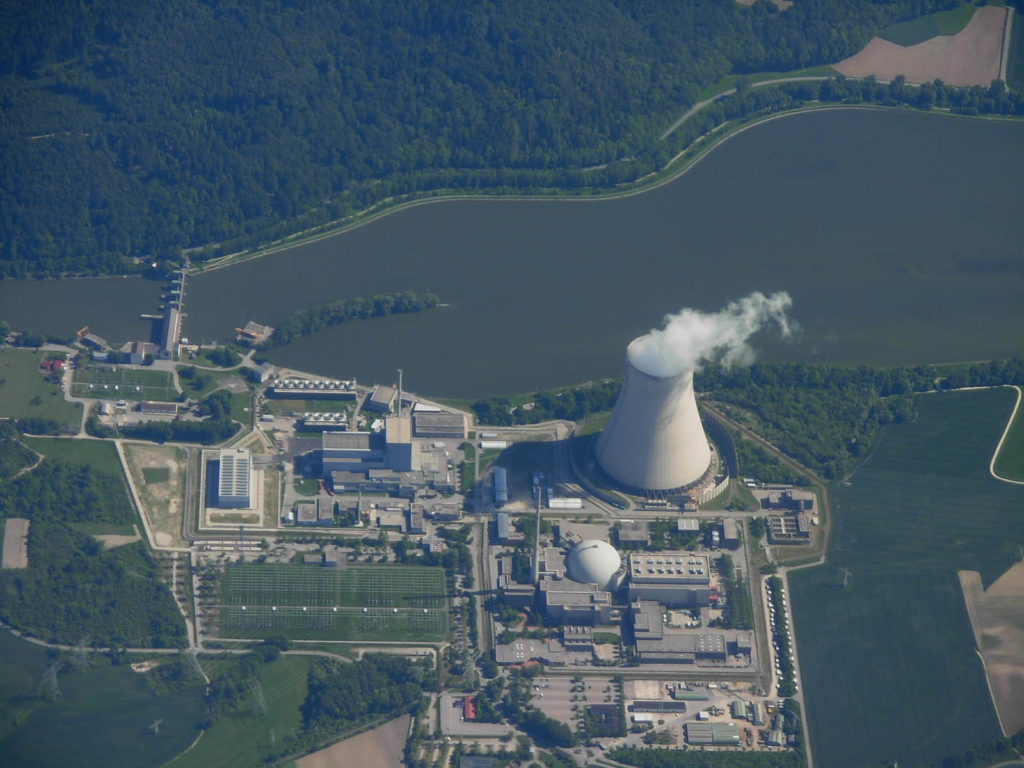More needs to be done to prepare Australia’s health and community sectors to cope with the pressures from more frequent and severe heatwaves, our new report has found.
The Silent Killer: Climate Change and the Health Impacts of Extreme Heat found that although many states have taken significant steps to upgrade their heat and health warning systems since the deadly heatwaves of 2009, strategies vary considerably from state to state and focus primarily on reactive rather than long-term planning.
KEY FINDINGS
1. Climate change is a serious health threat for many Australians.
- Heatwaves are a silent killer. Major heatwaves have caused more deaths since 1890 than bushfires, cyclones, earthquakes, floods and severe storms combined.
- Climate change is driving longer, hotter and more intense heatwaves in Australia. Since 1960, the number of record hot days in Australia has doubled and heatwaves have become longer, hotter and more intense.
- Australia’s mortality data indicate that over the past four decades there has been a steady increase in the number of deaths in summer, compared to those in winter suggesting that climate change may already be affecting mortality rates.
2. As extreme heat events worsen, the risk of adverse human health impacts is increasing.
- Without substantial action to tackle climate change and cope with a more extreme climate, heatwaves could cause hundreds of additional deaths annually in Australia by 2050.
- Australia must take urgent steps to improve the preparedness of the health sector and the long-term resilience of communities to minimise the impacts of worsening extreme heat.
3. Heatwaves can put intense pressure on health services.
- Extreme heat increases the risk of heat illness and can also exacerbate pre-existing illnesses such as heart and kidney conditions. Children, the elderly, the disabled and outdoor workers are among those most at risk.
- Heatwaves have been shown to dramatically affect patient presentations. During the heatwave in southeastAustralia in January/February 2009, emergency call-outs jumped by 46%; cases involving heat-related illness jumped 34-fold; and cardiac arrests almost tripled in Victoria. In total, 374 excess deaths were recorded, a 62% increase on the previous year.
4. While the health sector has made significant steps in improving resilience to heatwave events, more needs to be done.
- Several states now have comprehensive heat and health plans and a number have adopted early warning systems, but strategies vary considerably among jurisdictions, with some less prepared than others.
- Approaches also focus primarily on immediate reactive capacity, rather than incorporating exposure reduction strategies to build the long-term resilience of communities to cope with worsening heat.
- Adopting national standards or requirements for heatwave response plans would be one approach for further addressing these challenges.
5. Reducing greenhouse gas emissions rapidly and deeply is the best way to protect Australians from worsening extreme heat events.
- Limiting heatwaves requires urgent and deep cuts to greenhouse gas emissions.
- Importantly there must be a rapid transition from fossil fuel based energy systems to renewable energy.











